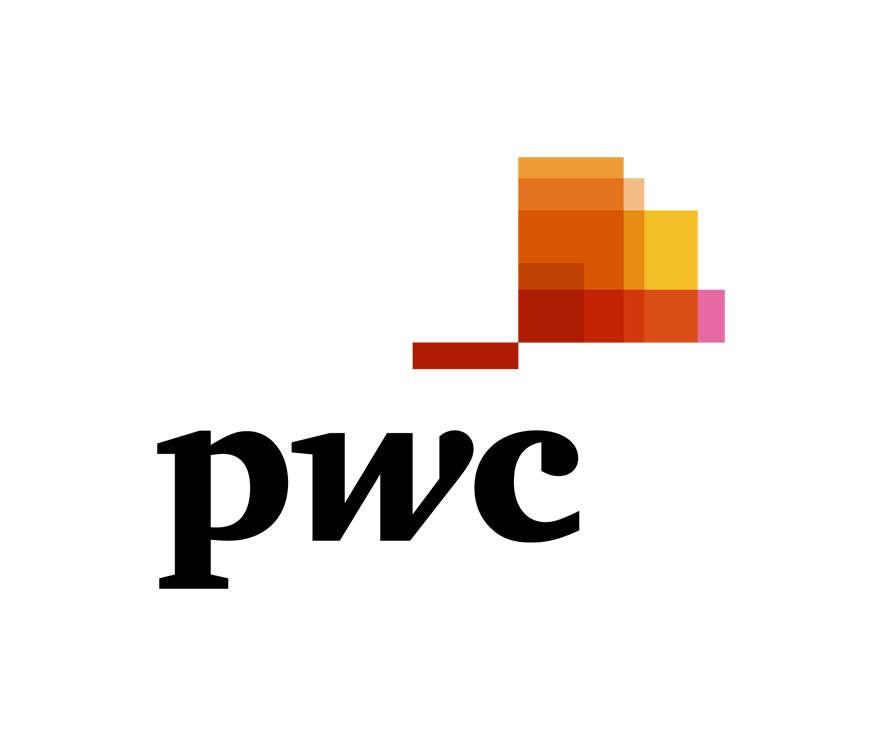
UK consumers’ unsecured debt has reached an all-time high of £300bn, or £11,000 per household. It is growing at a faster rate than at any time in the past 15 years and is now an eye-watering 30% higher than prior to the financial crisis.
By 2020, PwC estimates that the UK unsecured debt pile will hit £340bn, or around £12,500 per household.
The figures are sobering. UK unsecured consumer debt is rising by 11% per year, fuelled mainly by soaring credit card, student loan, car loans and overdraft lending.
No wonder the Bank of England is concerned about UK consumers’ debt splurge.
PwC estimate that the UK consumer debt is rising by £80m per day-that works out at almost £55,000 per minute.
This represents the fastest rate of growth in indebtedness since 2002.
How well do you really know your competitors?
Access the most comprehensive Company Profiles on the market, powered by GlobalData. Save hours of research. Gain competitive edge.

Thank you!
Your download email will arrive shortly
Not ready to buy yet? Download a free sample
We are confident about the unique quality of our Company Profiles. However, we want you to make the most beneficial decision for your business, so we offer a free sample that you can download by submitting the below form
By GlobalDataPwC’s report: Are Britons borrowing beyond their means: Precious Plastic 2017 concludes that UK’s unsecured debt pile has also grown at least three times faster than secured debt in each of the last five years.
Student debt, credit cards and car finance represent more than 75% of the growth in unsecured lending in 2017.
Car finance has grown by at least 15% for each of the past five years, and 17% in 2017, and represents the largest increase among the main unsecured lending products.
Newer forms of lending, such as Peer-to-Peer, are also growing, but still only represent a relatively small proportion of total borrowing.
Despite the P2P hype, the outstanding loan book of peer-to-peer lending is a mere £1.5bn, about 0.5% of all unsecured lending.
Despite the record levels of unsecured debt, political and economic uncertainties, and the prospect of interest rate rises, PwC’s Credit Confidence survey sampled households across the UK and finds that consumers are more confident in their borrowing than at any time since the financial crisis.
However this headline position masks underlying complexity with certain groups under more pressure, in particular:
- Young people: compared to older borrowers (55+), 25-34 year olds in GB typically hold five times more unsecured debt and are three times more likely to need to use credit to pay for essential items. They are also three times more worried about their ability to repay their debts in the future, and
- Renters: Compared to homeowners with mortgages, renters are around twice as likely to have needed to pay for essential items on credit and are more worried about their ability to repay future debt.
The soaring debt pile also coincides with UK household savings ratios hitting a record low.
The UK’s head line savings ratio has declined significantly from the post-financial crisis peak of 4.7% in 2010, and is forecast to fall to -0.4% in 2017 and -1.3% by 2020.
The current record levels of unsecured debt have been amassed against a relatively benign macroeconomic backdrop.
Unemployment has fallen to its lowest level in the UK since 1975. Interest rates remain at record lows with households continuing to benefit from low debt servicing costs.
The outlook is not so positive with PwC forecasting slowing economic growth. PwC expects expect GDP growth of 1.4% in 2018, followed by 1.8% in 2019.
PwC forecasts a slowing rate of growth in unsecured lending to 7% in 2018 and only 5% in 2019.
High profile risks such as Brexit related uncertainty and inflation continuing to outpace wage growth may cause an even sharper reduction in lending growth.
Simon Westcott, consumer credit leader at PwC said:
“The rapid increase in unsecured borrowing in recent years reflects a change of attitude on the part of households across the UK. Following the financial crisis, we saw households repaying their unsecured debt, reducing their borrowing by around 10% between 2008 and 2012 – or closer to 25% if we exclude student borrowing.
“However, since then, and despite the uncertainty created by political upheaval, a number of macro-economic factors have combined to create a climate of rising consumer confidence and borrowing.
“The true scale of the issue has now been put into sharp relief – but there is still more to come. We project that growth in unsecured borrowing across the UK will continue over the next three years, albeit at a slower rate.”






